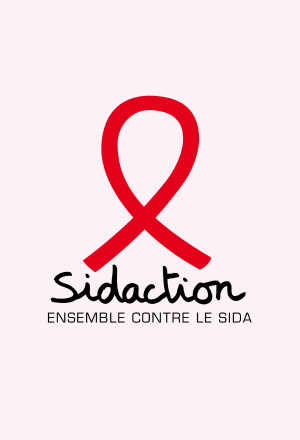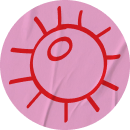To facilitate collaborations between teams with shared objectives, this page lists all the teams seeking partners for the Sidaction & Aidsfonds call for projects on HIV Cure. If you’d like to be listed here, please download the form, fill it out, and send it to : s.fretel@sidaction.org. »

Teams list
-
HIV-1 transcription and latency
We study HIV transcription using live cell imaging with single molecule sensitivity, advanced image analysis and mathematical modeling to understand HIV latency.
We would like to understand how transcriptional dynamics of HIV affects latency and reservoir in patients. We collaborate with E. Bertrand (team Cell Biology of RNA at IGH, Montpellier, France) and O. Radulescu (team Computational Systems Biology at LPHI, Montpellier, France).
Partnerships wanted : team in Netherlands interested in molecular aspects of HIV transcription and latency, HIV latent reservoir in patients and its molecular characterization and quantification.
-
Episurveillance Kenya
Episurveillance Kenya is a multidisciplinary research team based at the Infectious Disease Research Laboratory within KEMRI. Our group specializes in infectious disease surveillance, molecular virology, and translational research aimed at improving health outcomes in Kenya and beyond. With expertise in HIV research, we focus on understanding viral persistence, reservoir dynamics, and innovative therapeutic strategies. Our team comprises virologists, bioinformaticians, and clinical researchers who collaborate closely with local communities and international partners to address pressing challenges in HIV management, particularly in resource-limited settings.
Our motivation stems from the urgent need to address persistent low-level viremia (LLV) in HIV patients on antiretroviral therapy (ART), a key barrier to achieving a functional cure. In Kenya, where 1.4 million people live with HIV, LLV drives immune aging, comorbidities, and treatment challenges, particularly in resource-limited contexts. The Sidaction-Aidsfonds 2025 Call for Proposals: HIV Cure offers a unique opportunity to advance our project which will pave way for ART-free remission. This aligns with our team’s mission to deliver innovative, scalable solutions that improve HIV outcomes locally and globally. We are driven by the call’s emphasis on multidisciplinary, multi-country collaboration and community-centered research, which mirrors our approach and values.

-
Kisumu Clinical Research Site
We are a specialized clinical research centre located within the biggest hospital facility (Jaramogi Oginga Odinga Teaching and Referral Hospital) in Kisumu, a county with HIV prevalence of about 15% and a baseline population of about 1 million people. Neighbouring counties have the highest HIV prevalence in the country i.e. Homa Bay (17%) and Siaya (14%). We have set up a fully fledged clinical research facility that has actively participated in HIV prevention and treatment clinical research, including previous community advocacy and sensitization on HIV cure. We provide a platform for clinic based evaluation of HIV cure interventions, with a team experienced in clinical research and available target population.
The site community lead has received previous short-term grants to sensitize the community and stakeholders on HIV cure. Riding on this, and with access to a large number of patients both initiating and on long-term treatment, we feel the time for HIV cure research is ripe. The facilities and expertise at the site are well poised to handle a HIV cure clinical research.
-
HIV Novel Theranostics
Our team is into development of novel theranostic agents for the management of HIV infections using quantum dots and medicinal plant-derived furin inhibitors. In summary, we are investigating the effect of synthetic compounds (quantum dots) as well as single molecules purified from medicinal plants (which are traditionally used in management of HIV and viral infections), on HIV infected cells. To target viral reservoirs, we will prepare photosensitive, cell penetrating conjugates of the medicinal plants and quantum dots and study their photodynamic therapeutic effect upon irradiation with light in cell line and animal models.
We have already purified some single molecules from some medicinal plants capable of blocking SARS-CoV-2 replication in a concentration-dependent manner. Furthermore, the compounds also show promises as a drug lead and from mechanistic point of view, the molecules should also be capable of blocking HIV replication, which we are yet to carry out because of funding. Funding is needed to continue with this investigation.

 Find a partner
Find a partner